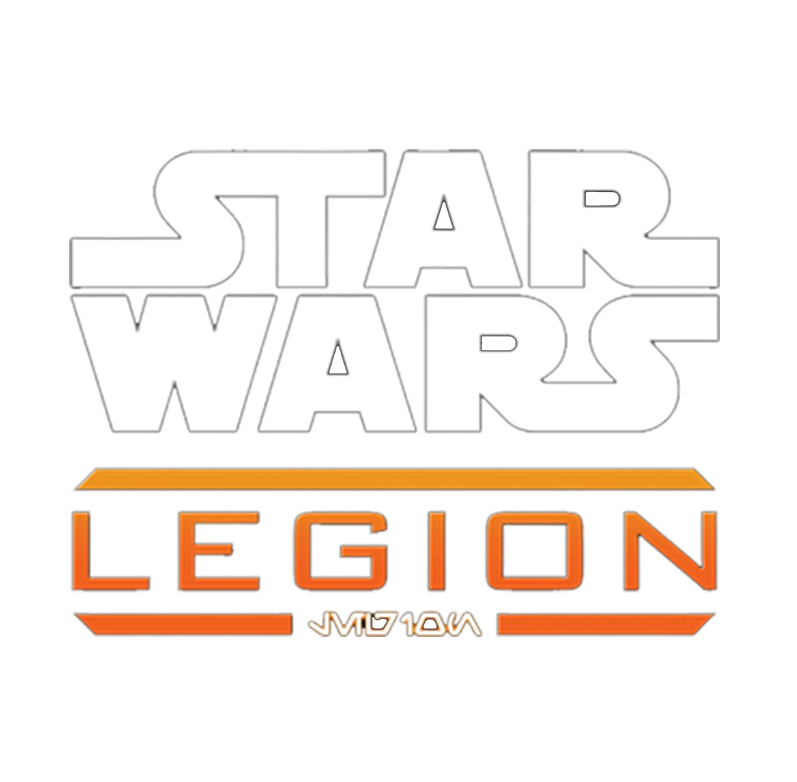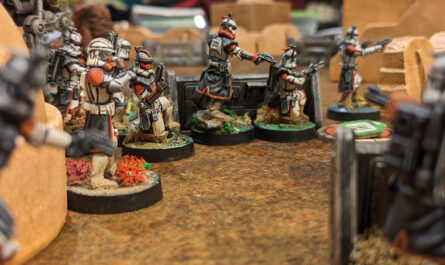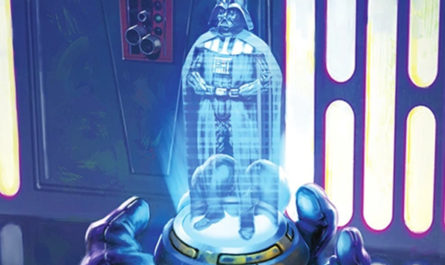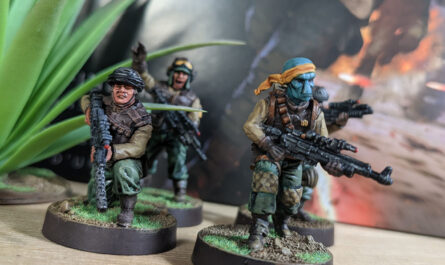To represent the rush of battle, Star Wars Legion features a partially random, alternating activation system. On your turn, you don’t know which type of unit will activate. Your order stack, containing the shuffled tokens, will dictate which type of unit to activate on your turn (unless there are face-up order tokens lying around on the table). This greatly complicates the implementation of a finely tuned tactic. But is there a way of reducing the randomness of these activations? And if so, how? In this article, I share three tips to help you control your activations better.
What is the perfect activation control?
In Star Wars Legion, perfect activation control means that you have the ability to activate any unit on the battlefield on command. In other words, you have complete control over the timing of your activations. In theory, this means that all your units have an order token face up. Achieving this result gives you a significant advantage over your opponent. Unfortunately, the perfect activation control is difficult to achieve and for some factions, this is a real headache !
Three tips for getting closer to perfect activation control
The techniques explained below will help you to achieve the perfect activation control.
Limit the different types of unit in your army list
The first tip is to cleverly structure your army list so as to obtain advantageous probabilities. This involves limiting the number of different ranks in your army list. It’s mathematical: the more ranks you have, the more complex your order stack will be and the more difficult it will be to anticipate the type of unit that will be activated on the next turn.
To illustrate my points, let’s analyse the structure of the army list below:

It contains five different ranks:
- 1 x Commander
- 1 x Operative
- 3 x Basic troop
- 2 x Special Forces
- 2 x Support unit
Knowing that in the worst-case scenario, you’ll always be able to give an order to a unit, what are the probabilities of each of these ranks being drawn from the pile? Assuming that you target your commander with Ambush and that all the units are still alive, you will have a 37.5% chance of drawing a basic troop (3 chances out of 8), a 25% chance of drawing a Special Force token and a 25% chance of drawing a Support unit token. Finally, there is a 12.5% chance of drawing your Operative. With such a configuration, it’s not easy to anticipate which unit will be activated when you draw.
If you reduce the number of different ranks in your list, the probabilities become more interesting. See the list structure below:

With only 4 ranks, the list is better thought out than the previous one. If you target your commander, you will have a 62.5% probability of drawing a basic troop token, 25% a special force one and 12.5% your operative. This list structure gives you greater control over your army, and more particularly over your base troops. You can anticipate that the next unit to be activated will probably be such a troop. This clears up the fog surrounding your next activation.
⭐ Key takeaways
Limiting the number of different unit types in an army list favours activation control. It is recommended not to line up more than four.
Filtering your order stack
Let’s take this a step further. If for example you replace a Special Force with a sixth Base Troop, you get the following structure:

A structure like this is even more interesting! By targeting the right units during the command phase, it is possible to create an order stack containing only tokens of the same rank. In this case, you have 100% control over the timing of your activations. This is called filtering your order stack. Look at the structure of the list above. By giving an order to your Commander, another to your Operative and finally one to the Special Force (as with the Assault card for example), you get a perfect activation control for the turn!
⭐ Key takeaways
If some of your unit types exist in a single copy only, a good distribution of orders during the command phase will improve the control of your army.
Generate additional orders
But you can go even further… Command cards aren’t the only source of orders in Star Wars Legion. Some upgrades can generate them too. HQ Uplink or Seize the Opportunity enhance activation control. Units upgraded with those cards can give orders to themselves. Used intelligently, these upgrades can help you achieve the perfect activation control.
Let’s take the last army structure we just discussed. If the operative is equipped with Seize the Opportunity and the Special Force with a HQ Uplink, then it’s possible to achieve a perfect activation control even when playing Ambush (a card that only gives one order). The two upgrades each add one order for a total of three orders. Coupled with Ambush, they simulate the effects of the Assault command card. As we’ve just seen, 3 orders are enough to achieve the perfect activation control with such a list structure. So you’re guaranteed perfect activation control of your army for two out of six turns, or a third of the game!
The Coordinate keyword is intersting too as, under certain conditions, you can give an extra order to a nearby unit. The best thing about this keyword is that it can trigger the Coordinate ability of another unit, which in turn can transmit its order to another unit with Coordinate, and so on. The whole CIS faction is based on this chain reaction of orders. In the hands of an experienced player, an army of droids can therefore easily achieve perfect activation control every turn.
⭐ Key takeaways
Adding a few additional orders to your command cards will improve the control of your army. If your list is well constructed, it will be possible to achieve perfect activation control over several turns.
The final word
A game of Star Wars Legion is won on the battlefield, of course, but also off it… Of the three tips described, two apply as soon as you build your army list. If your army list is well optimised, you’ll have a head start on your opponent.
The content was inspired by the article by David Zelenka, ex-writer for Fifthtrooper .

Need advice building your army list?
Join your country’s Star Wars: Legion Discord community and get answers to your questions.



